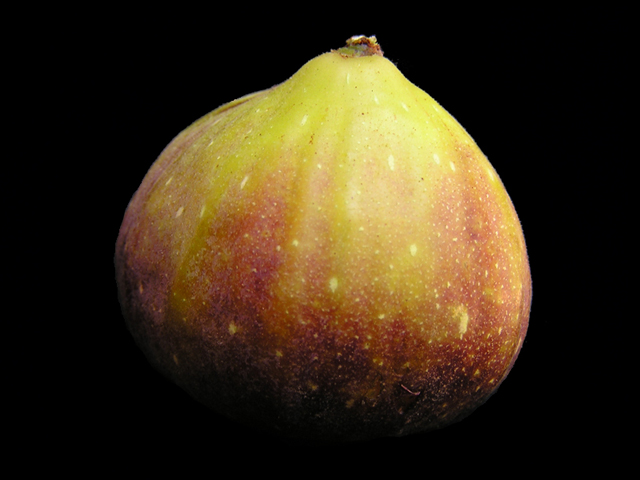Pictured below are many of the fig varieties we have on the farm. Only a few are for sale if I have extra. Cuttings are sometimes available in February. Armenian Fig Black Ischia Fig Black Jack Fig Large, purplish-brown figs wi.
Figs are not a typical fruit. They are actually an inverted flower with both the male and female parts within. They are a powerhouse of minerals and a good source of dietary fiber. They can be eaten fresh, dried or made into preserves. Choose a fig suitable for your climate and they are easy to grow. Most figs are grown in USDA hardiness zones 7 through 11. Their main requirement is good sun exposure. Most home garden varieties do not need pollinators.
Brown Turkey Fig
The 'Brown Turkey' or 'Spanish Mission' fig is an easy fig to grow. This could very well be the most versatile fig of all. This one will grow wherever figs are hardy. It is able to survive colder winter temperatures than the warm weather figs. If it does die back from cold weather it will re-grow and bear fruit the following year. The tree also has a smaller stature and can easily fit into most home gardens. The outside of the 'Brown Turkey' fig is of course brown, and the inner flesh is an amber pink color. It is a medium to large fig that is produced over a long period. This fig will reliably produce two crops a year. A similar variety, the 'Vern's Brown Turkey' fig, is more suitable for the Pacific Northwest.
Black Mission Fig
This is one of the most popular figs of all. The 'Black Mission' fig was brought to California by Spaniards and grown at the Spanish Missions. Many of the trees still growing there are considered 'Heirloom' varieties because they have been kept pure by the growers. This is a tree that will produce fruit the first year the tree is planted. It is not the best tree for colder regions. The flesh is a dark purple-red color and is very flavorful. The flesh is a bit course but is nearly seedless. The peeling is thick and black. 'Mission' fig is good eaten fresh or dried. This is a larger tree requiring more space.
Smyrna & Calimyrna

'Calimyrna' is the most common cultivar of the 'Smyrna' fig. This is a fig that requires a pollinator. Another tree, the 'Caprifig,' with inedible fruit, is planted to obtain the pollen. The 'Caprifig' fruit is hung nearby so fig wasps can transfer the pollen to the 'Calimyrna' fig. For this reason it is grown less by the home gardener. It is so good that some serious gardeners will grow both figs to obtain the fruit. The nutty flavor of the amber flesh is superb. The outer skin of this fig is also amber colored.


Kadota and Peter's Honey Fig
The 'Kadota' fig is similar to its Italian counterpart, the 'Dattato' fig. The 'Kadota' version is grown more in America. This is a yellow to green, nearly seedless fig. It is eaten fresh or it is canned. It is a good tree for moderate climates like Texas, Hawaii and California. It's often called 'Honey' fig due to its very sweet amber colored flesh.
Brown Turkey Fig Tree
Another popular fig with an Italian origin is the 'Peter's Honey' fig. It also has shiny yellow-green skin and amber flesh. As the honey in the name implies, it is very sweet and great for eating fresh, drying and canning.
Brown Turkey Fig Recipes
Celeste & Texas Everbearing
Brown Turkey Figs Season
'Celeste' is a large fig tree that is very productive. It develops small to medium fruit with violet skin. The flesh is rich and sweet. It is a good fig to use in preserves and it will freeze well. It fruits very early in the season. It is one of the best figs to grow in Texas. Another good variety for Texas is 'Texas Ever-Bearing'. This fig has mahogany colored skin and strawberry colored flesh. This tree will produce at a very young age.